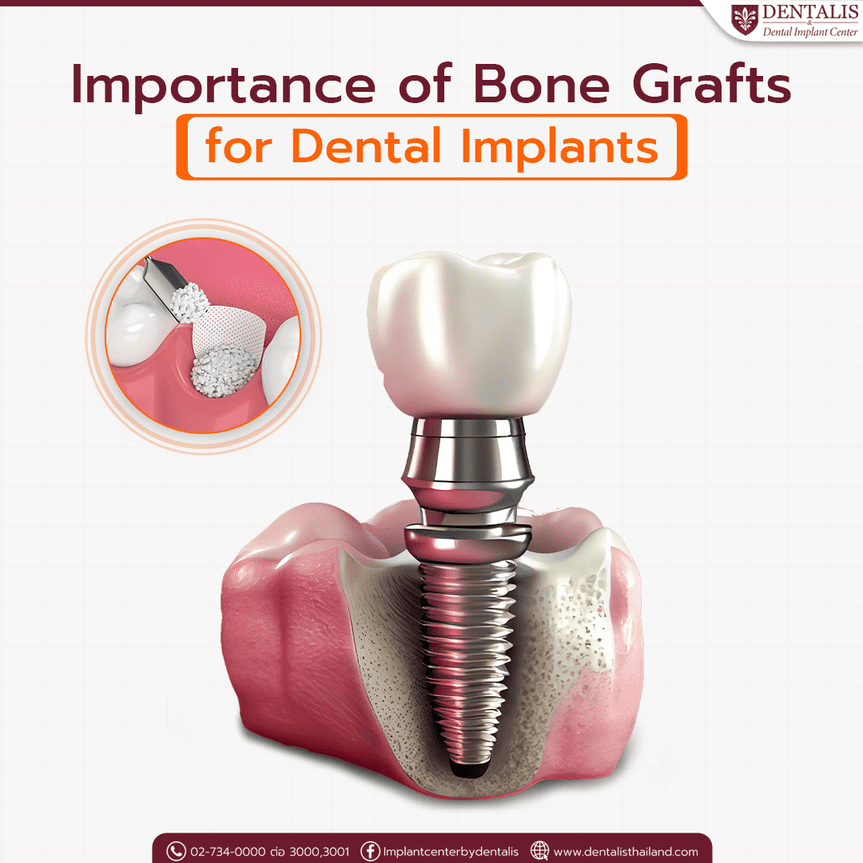
Dental implants are one treatment option available nowadays to replace lost teeth. These implants look natural, but the surgical process differs from person to person. One main factor that determines how the surgery will turn out to be is the amount of the existing bone in the area where dental implants will be placed.
The bone of each person differs in width and height, depending on how long a tooth has been lost and that person’s age. Apart from aging, there are many factors that cause bone degeneration. Degenerated bones are one obstacle to insertion of dental implants. That is why some patients may be required to undergo the dental bone graft procedure before inserting dental implants.
Bone grafting for dental implants is done to increase the width and height of the bone to be compatible with the diameter and length of dental implants. This will allow for long-term use of implants. Bone grafts will act like house pillars which need to be deep enough under the soil to support the house.
There are two main types of bone grafts for dental implants:
- Doing bone grafting together with inserting dental implants
- Doing only bone grafting first, then waiting for the bone to connect with the existing one before scheduling to insert dental implants later.
A dentist will select the most proper type of bone grafts by looking at the remaining ridge.
Doing any of the two types of bone grafting will lengthen the overall treatment period and make the surgery more complicated and costly. However, from a global study, it was found that bone grafts for dental implants raise the success rate of maintaining the dental implants in the long run for those who do not have enough ridge left.
Dr. Kasama Aryatawong
Oral and maxillofacial surgeon
For more information on dental implants, please click
For more information on bone grafts, please click




Chat with us